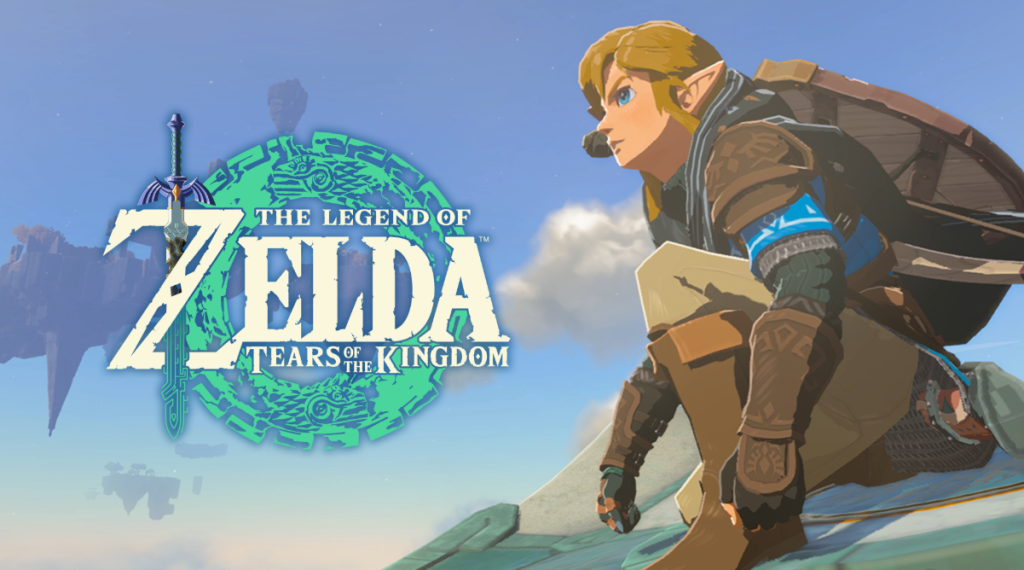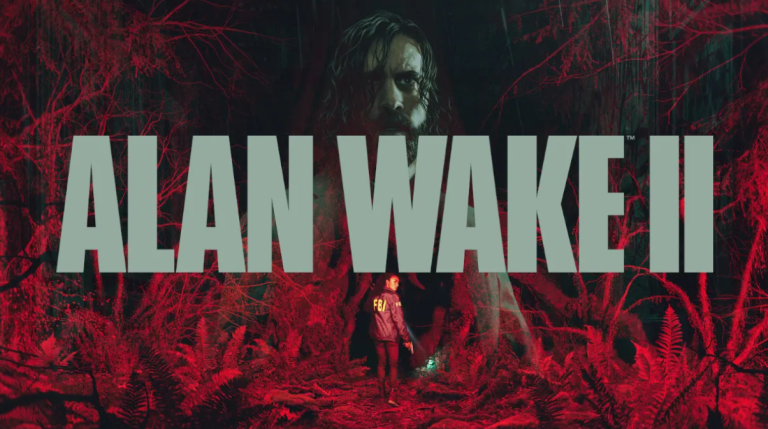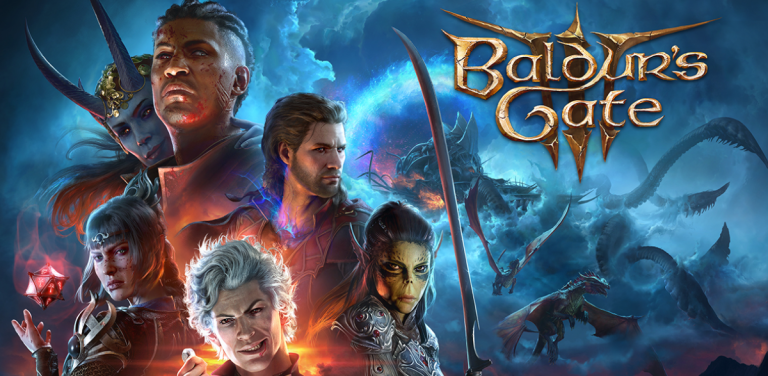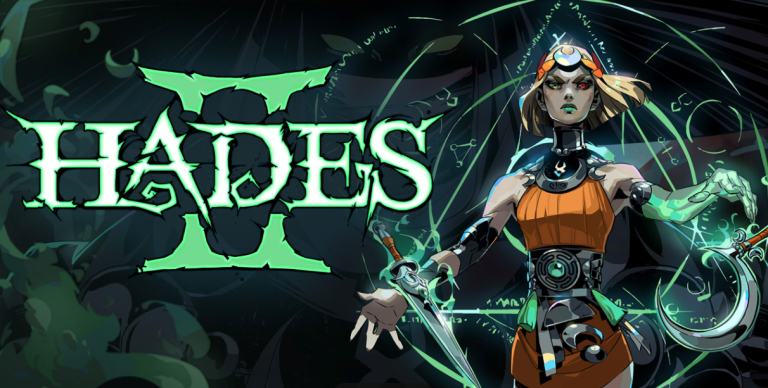
🕹️✨ “Link… wake up.”
And just like that, Nintendo did it again.
If Breath of the Wild redefined open-world design, then Tears of the Kingdom (TOTK) crumpled that blueprint, lit it on fire, and skydived into the flames on a glider made of fans and monster guts.
By 2025, you might be wondering: Is it still worth jumping into this Hylian sandbox? Or has the hype faded like a Sheikah Slate battery in the Depths?
Let’s find out—through a brutally honest and lovingly detailed review across 8 essential categories. Grab your paraglider—we’re diving deep.
🧙 1. Story & Worldbuilding: Familiar, Yet Far More Intricate
TOTK takes place a few years after Breath of the Wild, but don’t let the visual similarities fool you—this is not a simple sequel.
🔍 Plot Premise:
Link and Zelda stumble across an ancient ruin beneath Hyrule Castle. What starts as an archeological adventure quickly escalates into cataclysm when Ganondorf (yes, him!) reawakens. Zelda disappears into glowing light. Link loses his arm. Hyrule literally falls apart—again.
But this time, you’re not just a wandering amnesiac. You’re rebuilding a fallen kingdom, uncovering a long-buried history, and exploring three layers of a reinvented world: the sky, the surface, and the Depths.
Think of it like a triple-layer cake—only this one is packed with time travel, ancient prophecies, and weird bird-people.
🧠 Lore Level-Up:
TOTK’s story is more cinematic, emotionally mature, and rich in backstory. You’ll meet ancient sages, witness key moments in Hyrulean history, and uncover Zelda’s most transformative journey yet.
Verdict: 9/10 – A richer, deeper, more personal Zelda narrative with better pacing and real stakes.
🛠️ 2. Gameplay Mechanics: Controlled Chaos in the Best Way
🧩 4 Core Abilities:
TOTK doesn’t just add features—it hands you a toolbox of insanity:
- Ultrahand – Build anything (vehicles, machines, cursed catapults). Yes, anything.
- Fuse – Slap a boulder on a stick or attach a laser beam to your shield. Goodbye, weapon fragility complaints.
- Ascend – Skip staircases and climb ceilings like a spectral raccoon.
- Recall – Rewind time on an object. Dodge falling rocks by riding them back skyward like some anime protagonist.
Together, these create a system that rewards experimentation over optimization. Want to fly across the map using nothing but fans and Korok fronds? You can. Should you? Absolutely not. But that’s the fun.
Verdict: 10/10 – Ingenious design that empowers creativity without sacrificing challenge.

🏗️ 3. Exploration & Open World: Same Map, Totally Reimagined
You might think, “Wait… isn’t this just Hyrule again?” Yes—and also no.
🌍 The World Now Has 3 Layers:
- Surface: Familiar yet scarred by the Upheaval. New caves, ruins, and changed geography.
- Sky Islands: Floating playgrounds for puzzle-solving, skydiving, and moral decisions about throwing enemies into the clouds.
- The Depths: A massive, pitch-black underworld filled with secrets, dread, and glowing horror. It’s what would happen if Dark Souls moved in under your house.
Exploration now feels riskier, more rewarding, and infinitely replayable.
“I went in for one shrine. Four hours later, I had accidentally started a rebellion, discovered a frog cult, and invented an automatic lawnmower using rockets and logs.”
Verdict: 9.5/10 – A masterclass in world design that constantly surprises.
⚔️ 4. Combat & Weapons: From Clunky to Creative Genius
⚔️ Combat Depth:
- Fuse gives weapons purpose again.
- Monster camps are more dynamic, with verticality, vehicles, and even enemy engineers (yes, they build too!).
- Boss battles are bigger, smarter, and far more cinematic.
Weapon Durability: Still exists, but is now fun thanks to Fuse. Your weapons break, but now it’s an excuse to get weird.
Combat Creativity:
Want to launch a bomb-fused cart into a bokoblin fortress from 200 feet away? Totally viable. Want to sneak up and drop a spiked ball on a Hinox while flying a fan glider? That’s just Monday.
Verdict: 9/10 – Combat isn’t just about skill anymore—it’s about your imagination.
🧱 5. Building System: You Become the Engineer of Chaos
TOTK’s new “build it yourself” mechanics are so open-ended that they deserve their own section.
- Vehicles: Hovercrafts, tanks, planes, unholy abominations.
- Automation: Use Zonai devices to create self-moving systems.
- Invention Playground: Some players have built working pinball machines, music boxes, and even computers inside the game.
Is it practical? Not always. Is it fun? Absolutely.
It’s Minecraft, LEGO, and Kerbal Space Program fused with Hyrulean elegance.
Verdict: 10/10 – A generative gameplay revolution that makes even walking from A to B an adventure.
🎨 6. Graphics & Performance: Stylized Brilliance on Old Hardware
TOTK still runs on the old Switch—and yet, it’s stunning.
- Art Direction: Sky islands glow like dreams. The Depths are hauntingly beautiful. Lighting and weather are atmospheric and purposeful.
- Performance: Mostly smooth 30fps. Occasional drops in complex builds or crowded combat, but nothing game-breaking.
- Visual Design: Even reused assets feel fresh due to creative layering and contrast between the three realms.
Sure, it’s not photorealistic—but it’s timelessly artistic.
Verdict: 8.5/10 – A visual triumph that punches far above its hardware weight.
🎶 7. Audio & Atmosphere: Subtle, Strange, and Beautiful
The soundtrack might not hit you immediately—but it sneaks up, wraps around your emotions, and doesn’t let go.
- Quiet piano during lonely exploration.
- Sudden ambient terror in The Depths.
- Epic, evolving boss music that responds to your progress.
Sound Effects Matter Too: Wind rustling. Metal clanking. Koroks screaming (adorably). It’s all immersive and meaningful.
Verdict: 9/10 – Music that doesn’t dominate but deeply enhances your journey.

📱 8. User Interface & Accessibility: Room for Growth
Nintendo still stumbles a bit here:
- Inventory: Still a mess. Where is my “sort by weapon type” button?!
- Controls: Overloaded buttons, but manageable after a learning curve.
- Accessibility: No colorblind modes, no font resizing, limited audio adjustment options.
It’s not unplayable by any means, but accessibility-conscious players may feel left out.
Verdict: 6.5/10 – Serviceable UI but far from modern UX standards.
💬 Bonus: Community Creations & Longevity
Even two years post-launch, TOTK remains a hotbed of online innovation. Whether it’s:
- Viral TikToks of flying battle robots,
- Reddit threads decoding Hylian lore,
- Or YouTubers building piano-playing tanks…
TOTK is more than a game—it’s a collaborative phenomenon.
And that, right there, is its staying power.
🎓 Final Verdict: Is TOTK Still Worth It in 2025?
✅ The Good:
- Brilliantly open-ended mechanics
- Three-layered world brimming with discovery
- Incredible player freedom
- A richer, more emotional narrative
- Creative community still going strong
❌ The Not-So-Good:
- Clunky inventory
- Steep learning curve
- Weak accessibility support
🌟 Score: 9.5/10
TOTK isn’t just a game—it’s an experience that changes how you think about play. If BOTW was the breath, this one is the roar.
![]()


